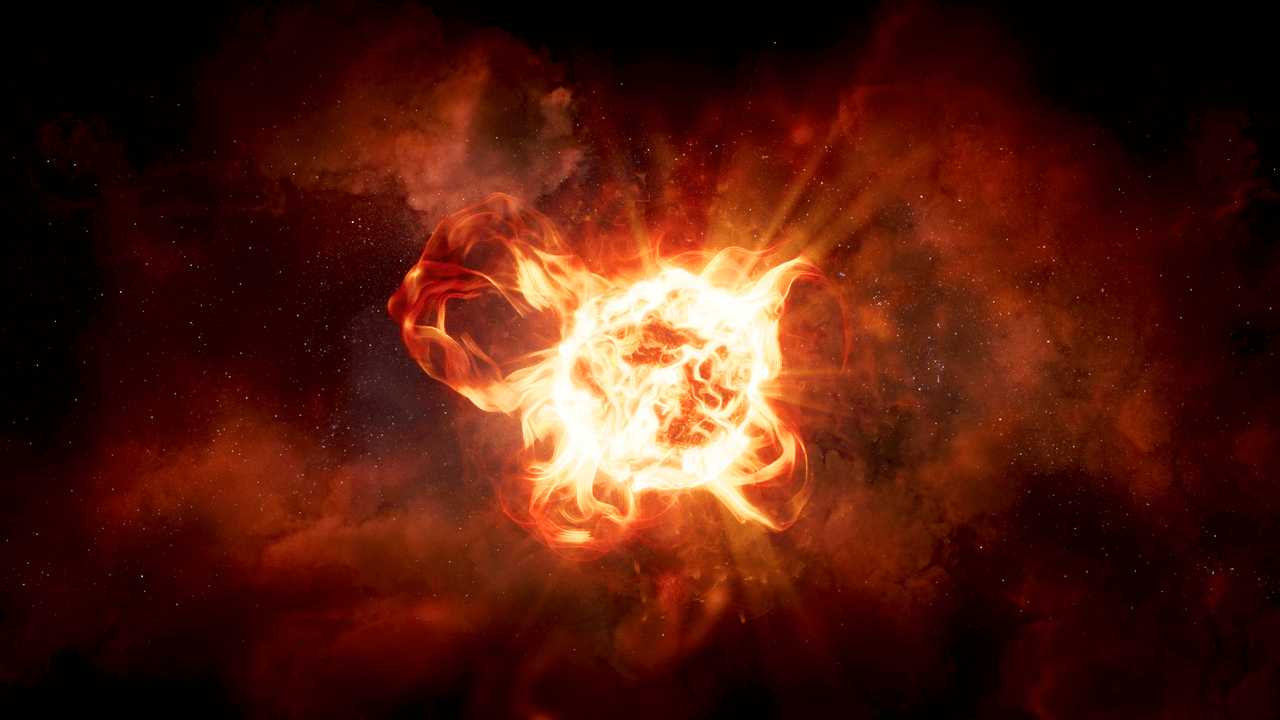According to the latest news, in order to celebrate the 31st anniversary of the launching of the Hubble Space Telescope, last Friday, NASA astronomers aimed at the observatory of AG Carinae. AG Carinae is one of the brightest stars seen in our galaxy. It is located 20,000 light-years away from our earth approximately.
According to NASA reports, the star started forming through an eruptive process around 10,000 years ago and it is likely to survive only a few more years. Like other stars, it is not just a dot in the sky. It is a glowing gas and dust nebula that is waging a battle within itself in order to avoid self-destruction. In terms of lifespan, it is minuscule than our Sun which has an approximate lifespan of 10 billion years.
31 years ago, on 24th April, the Hubble Space Telescope was launched and it is still capturing spectacular cosmic images. NASA tweeted an image of the luminous blue taken in ultraviolet light. It offers a clear view of the dust structures around the star.

NASA explained that this kind of stars are called luminous blue variables and they exhibit a dual personality. According to NASA, these stars remain dormant for a long time and then suddenly erupts in an impatient outburst. These stars spend thousands of years in this dormant phase and then end their lives in titanic supernova blasts. These blasts enrich the universe with elements that are heavier than iron.
NASA further explained that because of their size and temperatures, these stars constantly battles to maintain stability between the outward bound radiation pressure and gravity. Often the energy of radiation out powers the pressure of gravity exploding the star into a volcanic eruption. NASA mentioned that after the explosion, the stars once again gains stability and remain dormant for a certain period of time. NASA pointed out that AG Carinae has undergone this battle of forces but its outbursts were comparatively less violent than its peers.
NASA elaborated that luminous blue variables have far-reaching effects in environments so they are rare to find. So far, hardly 50 such luminous blue variables are known.
